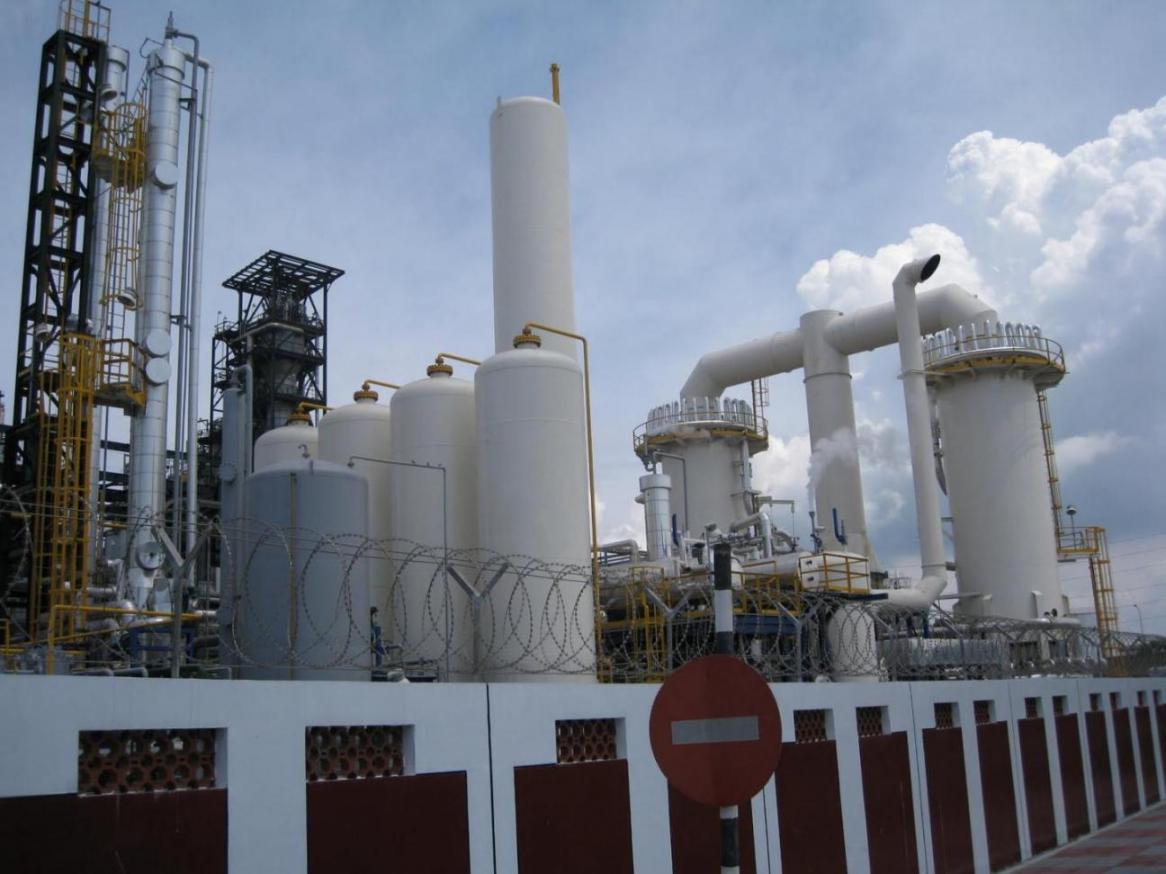To avoid the usual eclipse of smaller East Asian economies, look away for a moment from China's reforms-induced slower growth and Japan's monetary blind alleys.
What you will see then are economies whose growth rates last summer were in the range of 1.6 percent to 5.6 percent – clustering around an average growth of 4 percent, CNBC's Michael Ivanvitch said Monday.
Remarkably, that strong economic activity was taking place in an environment of stable prices (except in Indonesia), balanced public and private savings and a surprisingly high degree of exchange rate stability in some of the region's most vulnerable economies.
You won't find here European-style hopeless economic and financial basket cases, social unrest, raging military conflicts, ill-conceived and untenable monetary unions and devastating creditor-debtor relationships.
No, East Asians are pursuing a process of an ever expanding intra-regional free trade, but, wisely, they would not even think of common currency areas. And neither would they contemplate economic ostracism and exclusion against their wayward fellow Asians. Speaking of Myanmar a few years ago, the secretary general of the Association of South-East Asian Nations (ASEAN) was saying: "We don't do sanctions."
Excess Savings
Indeed, they are seeking harmony and inclusion. That serves them well because the increasing integration, sound fundamentals and strengthening intra-regional flows of commerce and finance will allow East Asian countries plenty of room to support demand, output and employment regardless of what happens to European and North American economies.
The proof of that is that this region continued to be the fastest growing part of the world economy, despite recessions and subpar growth in Europe and in the United States. At the moment, East Asia (excluding China and Japan) is a net capital exporter to the tune of $245 billion – a huge amount of excess savings that can be readily deployed to finance investment and current consumption throughout that area.
China and Japan
China will remain a rapidly developing export market to its Asian neighbors. There is already an enormous progress in that direction because China's trade and investments with the rest of Asia are its main policy priority.
The Chinese government is reporting that the country's trade volume with East Asia last year reached nearly $1.4 trillion. According to the same source, that was more than China's volume of trade with Europe and the US taken together, with Asian countries now representing half of China's top ten trade partners.
Similar trends are seen with respect to direct investment flows. The most recent data show that 70 percent of China's $102.9 billion in outbound foreign direct investments went to the rest of Asia.
Japan – with its highly sophisticated and diversified technologies – is an equally good source of support for the development and modernization of East Asian economies.
In the case of China, Japan's broad range of consumer and industrial goods can easily beat any other potential competitors on Chinese markets. I, therefore, believe that Japan's 13.4 trillion yen worth of exports to China last year – an increase of 6 percent from 2013 – is most probably well below the actual possibilities, provided the two countries can improve their strained political relations.
Japan's contribution to East Asian economic growth is bound to increase in the years ahead. That region already takes 29 percent of Japanese foreign direct investments, second only to the United States.
East Asia's large growth potential and vast development needs can be readily financed by the area's enormous excess savings. That regional pool of investment and consumption funding will provide an effective protection from possibly adverse swings of dollar- and euro-denominated capital flows.


